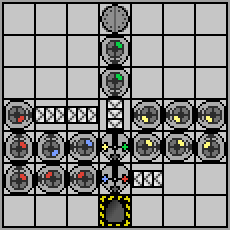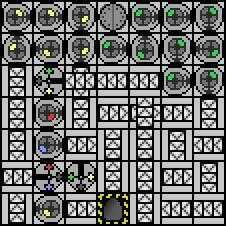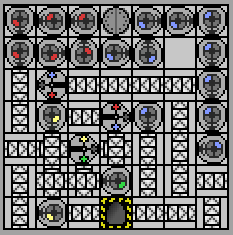18
1
Write a Manufactoria program that will accept the empty input tape. But don't do it quickly! I mean, write the program quickly, but don't let it run quickly. The slower the program, the better, as long as it terminates eventually. The example program below takes 3:51 (the "total time" reported by the simulator).

Your program starts with the empty tape. It must doodle around a bit, but eventually reach the output square. You may leave data on the tape if you wish. The slowest program on the 7x7 Manufactoria board wins!
Your right arrow key is your friend, it speeds up the simulator.
Bonus points for crashing the simulator!



So there's no requirements for accepting/rejecting input other than the empty tape? – Volatility – 2013-07-12T05:34:45.627
@Volatility: correct. – Keith Randall – 2013-07-12T05:39:02.607
Annoyingly, the simulator won't report the running time unless the tape is empty at the end, since it doesn't match the challenge's expected output. (Luckily it was easy for me to erase the tape at the end without needing too much extra space.) – breadbox – 2013-07-15T13:05:08.777